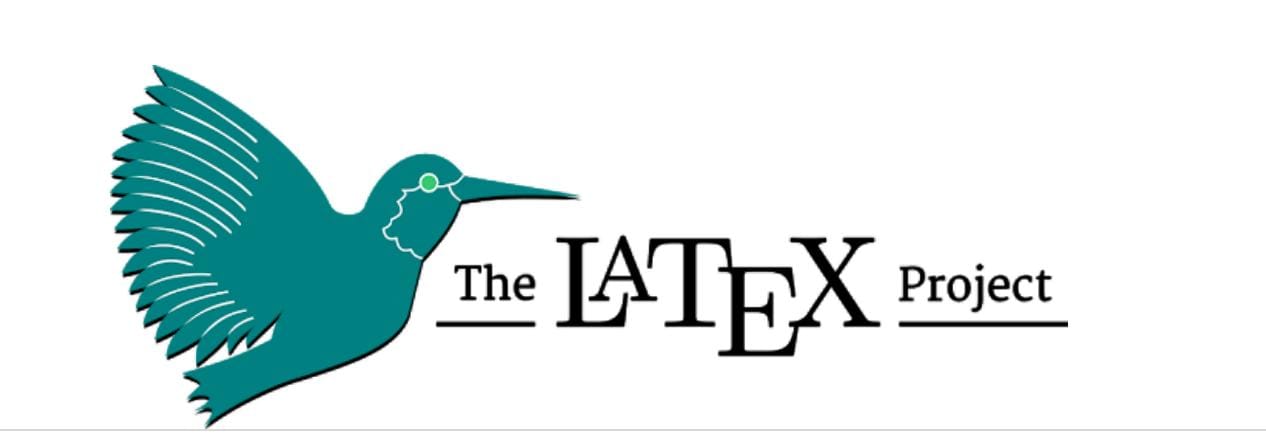
| Course Name | Technical Scripting Using LaTeX |
| Course Subject | LaTeX |
| Course Code | FOU06 |
| Course Coordinator | Dr. Seena V |
| Course Category | PG Foundation Course |
About Course
Irrespective of the domain of specialization, documentation skills are inevitable in the field of science and technology. There are some standard norms by which technical documents are being prepared. These norms can be easily met with documentation software LaTeX. It is rather a program written in plain text and can be formatted to the requirement. The program is compiled to get the output, usually in pdf format. LaTeX is free software that works in Windows, Linux, and Mac OS. There are some interfaces to make the program more user friendly and these interfaces are also available free of cost. With the help of different types of interfaces available, one can make a standard document in LaTeX with ease. In this course, using LaTeX in various operating systems with different interfaces is discussed in detail. Further, there are some useful tools available on the web that make LaTeX very easy for beginners. Some of these tools are also discussed in this course which makes the students comfortable with LaTeX. Creating a table of contents, giving a proper citation, placing figures and tables at the right places, etc. are troublesome in many of the popular documentation tools. These things can be easily performed in Latex with the help of a command. Therefore, this course “Technical Scripting in LaTeX” will be a valuable addition in your career.
Prerequisites
Basic skills in computers
Outcomes
By the end of this course, you will have acquired proficiency with LaTeX, as well as many features of LaTeX which include:
Download and install a comprehensive LaTeX distribution.
Create basic types of LaTeX documents (article, report, letter, book).
Format words, lines, and paragraphs, design pages, create lists, tables, references, and figures in LaTeX
How to get table of contents (even if an article contains 1000 Pages) in a document with in a fraction of seconds.
How to get list of figures, List of symbols in a document with a few seconds.
Able to write index of a document very easily
Typeset complicated mathematics.
Use nested list and enumerate environments within a document.
Use tabular and array environments within LaTeX document.
Use various methods to either create or import graphics into a LaTeX document.
Use BibTeX to maintain bibliographic information and to generate a bibliography for a particular document.
Create professional presentations using LaTeX; using beamer package.
Course Syllabus
Lecture Notes
Module 1 Lecture Notes
Module 1- Lecture Notes- Dr. Seena V
Module 2 Lecture Notes
Module 2 - Lecture Notes -Dr. Seena V
Lecture Videos
History, Evolution and Installation of Latex
Video Lecture 1- History, Evolution, and Installation of Latex
Basics of Latex
Video Lecture 2- Basics of Latex
Basic Mathematics in LateX
Video lecture 3 - Basic Mathematics in LateX
Basic Equations in Latex
Video Lecture 4- Basic Equations in Latex
Matrices in Latex
Video Lecture 5 - Matrices in Latex
Advanced Mathematics in Latex
Video Lecture 6 - Advanced Mathematics in Latex
Lists in Latex
Video Lecture 7 - Lists in Latex
Tables in Latex
Video Lecture 8 - Tables in Latex
Chapters, Sections in Latex
Video Lecture 9 - Chapters, Sections in Latex
LaTeX Using Overleaf
Video Lecture 10 - LaTeX Using Overleaf.
LaTeX-Bibliography
Video Lecture 11 - LaTeX-Bibliography.
LaTeX- How to write Index Page
Video Lecture 12 - LaTeX- How to write Index Page
LaTeX- How to add Figures
Video Lecture 13 - LaTeX- How to add Figures.
LaTeX- How to add Table of Contents in a document
Video Lecture 14 - LaTeX- How to add Table of Contents in a document.
LaTeX-Beamer Presentation.
Video Lecture 15 - LaTeX-Beamer Presentation.
Practice Quiz
a) Leslie Lamport
b) Donald Knuth
c) Charles Simonyi
d) Richard Brodie
a) Texstudio
b) Texmaker
c) MiKTeX
d) WinEdit
a) Kile
b) MiKTeX
c) Tex Live
d) Protext
a) .latex
b) .TeX
c) .tex
d) .tec
a) \begin{document}
b) \documentclass{article}
c) \begin{document class}
d) \document class{article}
a) article
b) book
c) a4 paper
d) report
a) use package
b) preamble
c) title
d) new environment
a) \textbold{}
b) \textbf{}
c) \bold{}
d) \Bold{}
a) \latex
b) \Latex
c) \LaTeX
d) $\latex $
a) amsmath
b) geometry
c) graphicx
d) amstheorem
a) \createtitle
b) \maketitle
c) \begin{title}
d) \title
a) \begin{chapter}
b) \Chapter
c) \chapter{}
d) \Chapter[]
a) \ref
b) \citation
c) \references
d) \cite{}
a) Write equation in between $$ $$
b) Write equaxtion in between $ $
c) \equation
d) \begin{eqn}
a) graphicx
b) setspace
c) geometry
d) spacing
a) \begin{subsection}
b) \begin{sub section}
c) \sub section{}
d) \subsection{}
a) \label{}
b) \label[]
c) \labell()
d) \labell{}
a) $\sqrt{5}[3]$
b) $\cuberoot{5}$
c) $\sqrt[3]{5}$
d) $\sqrt{3}{5}$
a) $ x^m+1$
b) $x^{m+1}$
c) $x^(m+1)$
d) $x^\{m+1\}
a) $2*3=6$
b) $2 \time 3= 6$
c) $ 2X 3=6$
d) $2\times 3=6$
a) \createindex
b) \makeindices
c) \makeindex
d) \makeidx
a) imakeidx
b) makeindex
c) index
d) createidx
a) \index
b) \printindex
c) \makeidx
d) \indexoutput
a) \newcommand{\bibname}{Refrences}
b) \new{\bibname}{Refrences}
c) \changename{\bibname}{Refrences}
d) \newname{\bibname}{Refrences}
a) \index
b) \indentation
c) \useindex
d) \createindex









